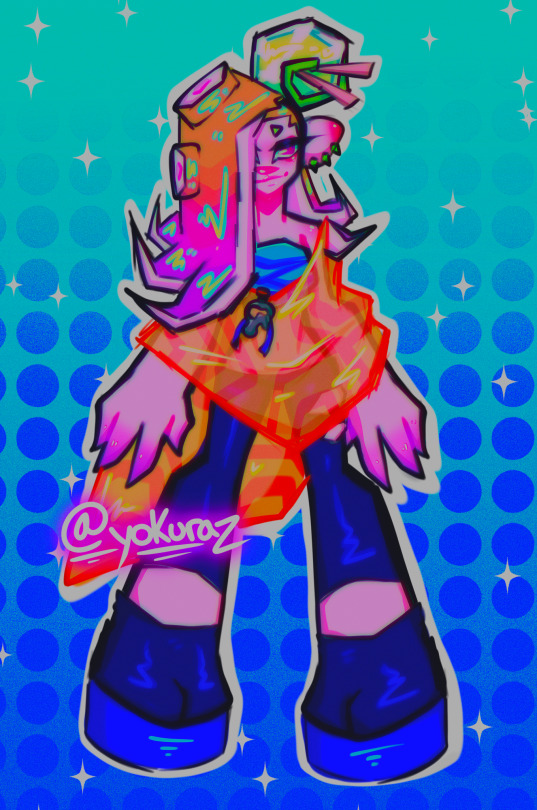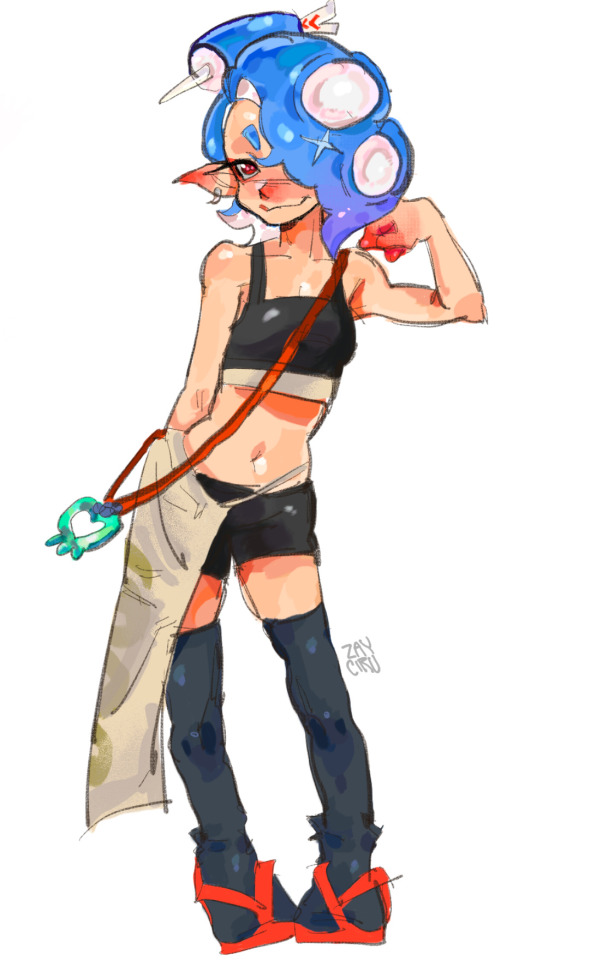Fire Emblem, Pokemon, Splatoon fan and more. Some nsfw content which will be tagged as 'nsfw' and 'nsfw mention'. New icon courtesy of ink-da-squimp on twitter!
Last active 4 hours ago
Don't wanna be here? Send us removal request.
Text
battle! (kanto gym leader) pokemon heart gold/soul silver ost
109 notes
·
View notes
Text
"A cure for HIV could be a step closer after researchers found a new way to force the virus out of hiding inside human cells.
The virus’s ability to conceal itself inside certain white blood cells has been one of the main challenges for scientists looking for a cure. It means there is a reservoir of the HIV in the body, capable of reactivation, that neither the immune system nor drugs can tackle.
Now researchers from the Peter Doherty Institute for Infection and Immunity in Melbourne, have demonstrated a way to make the virus visible, paving the way to fully clear it from the body.
It is based on mRNA technology, which came to prominence during the Covid-19 pandemic when it was used in vaccines made by Moderna and Pfizer/BioNTech.
In a paper published in Nature Communications, the researchers have shown for the first time that mRNA can be delivered into the cells where HIV is hiding, by encasing it in a tiny, specially formulated fat bubble. The mRNA then instructs the cells to reveal the virus.
Globally, there are almost 40 million people living with HIV, who must take medication for the rest of their lives in order to suppress the virus and ensure they do not develop symptoms or transmit it. For many it remains deadly, with UNAids figures suggesting one person died of HIV every minute in 2023.
It was “previously thought impossible” to deliver mRNA to the type of white blood cell that is home to HIV, said Dr Paula Cevaal, research fellow at the Doherty Institute and co-first author of the study, because those cells did not take up the fat bubbles, or lipid nanoparticles (LNPs), used to carry it.
The team have developed a new type of LNP that those cells will accept, known as LNP X. She said: “Our hope is that this new nanoparticle design could be a new pathway to an HIV cure.”
When a colleague first presented test results at the lab’s weekly meeting, Cevaal said, they seemed too good to be true.
“We sent her back into the lab to repeat it, and she came back the next week with results that were equally good. So we had to believe it. And of course, since then, we’ve repeated it many, many, many more times.
“We were overwhelmed by how [much of a] night and day difference it was – from not working before, and then all of a sudden it was working. And all of us were just sitting gasping like, ‘wow’.”
Further research will be needed to determine whether revealing the virus is enough to allow the body’s immune system to deal with it, or whether the technology will need to be combined with other therapies to eliminate HIV from the body.
The study is laboratory based and was carried out in cells donated by HIV patients. The path to using the technology as part of a cure for patients is long, and would require successful tests in animals followed by safety trials in humans, likely to take years, before efficacy trials could even begin.
“In the field of biomedicine, many things eventually don’t make it into the clinic – that is the unfortunate truth; I don’t want to paint a prettier picture than what is the reality,” stressed Cevaal. “But in terms of specifically the field of HIV cure, we have never seen anything close to as good as what we are seeing, in terms of how well we are able to reveal this virus.
“So from that point of view, we’re very hopeful that we are also able to see this type of response in an animal, and that we could eventually do this in humans.”
Dr Michael Roche of the University of Melbourne and co-senior author of the research, said the discovery could have broader implications beyond HIV, with the relevant white blood cells also involved in other diseases including cancers.
Dr Jonathan Stoye, a retrovirologist and emeritus scientist at the Francis Crick Institute, who was not involved in the study, said the approach taken by the Melbourne team appeared be a major advance on existing strategies to force the virus out of hiding, but further studies would be needed to determine how best to kill it after that.
He added: “Ultimately, one big unknown remains. Do you need to eliminate the entire reservoir for success or just the major part? If just 10% of the latent reservoir survives will that be sufficient to seed new infection? Only time will tell.
“However, that does not detract from the significance of the current study, which represents a major potential advance in delivery of mRNA for therapeutic purposes to blood cells.”"
-via The Guardian, June 5, 2025
#holy fucking shit#i lost an aunty and cousin to hiv#so i'd be very happy for this research to continue forward
4K notes
·
View notes
Text


my two fav girlies,, wanted some color practice! + chibi stuff i suppose :)
15 notes
·
View notes
Text

since everyone liked frye so much I decided to do shiver!!
823 notes
·
View notes
Text


#golden sun#this is a 'scene I can hear moment' because I can hear the background music of this area in my head by looking at it
18 notes
·
View notes
Text
The Squid Sisters, Callie and Marie, enjoying a summer afternoon

288 notes
·
View notes
Text

A painting I made last summer
57 notes
·
View notes
Text

Alone in the Dark II: Echo in White
Acrylic on canvas.
This piece is a continuation of my earlier sketch, exploring solitude not as despair, but as clarity that emerges in silence.
His gaze no longer seeks the viewer—it reaches beyond.
The white uniform veils the deeper self beneath: a silent echo of something ancient, blue, and unspoken…
371 notes
·
View notes
Text
Pop that hip out brah


57 notes
·
View notes
Text
Last-minute summer nights Marie fanart

237 notes
·
View notes
Text

I can’t wait to be stranded on a raft with deep cut ‼️
23 notes
·
View notes
Text

Growlithe ko-fi doodle for Kel! 🥚✨
4K notes
·
View notes
Text

yusuke kozaki
279 notes
·
View notes
Text

✨Virion✨ - Archest of Archers
396 notes
·
View notes


